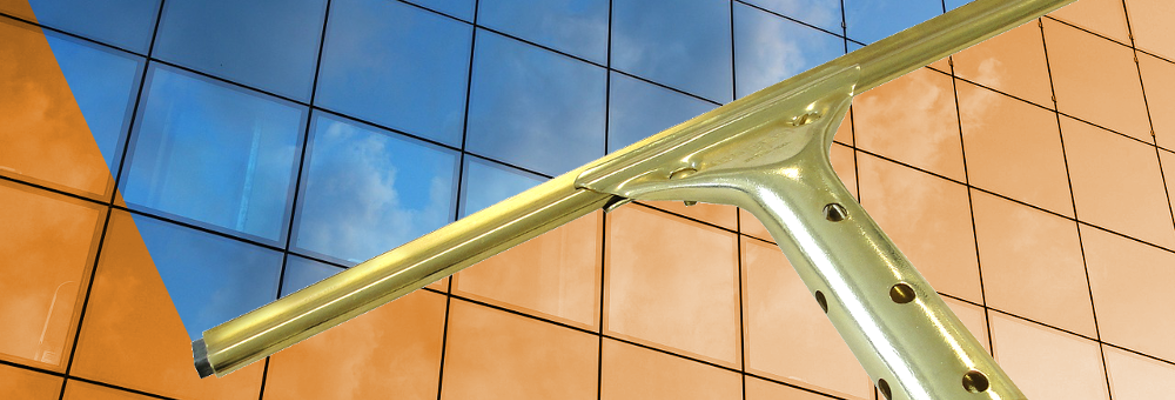
If you are ready to make that plunge into the waterfed scene, it’s best to know which system is right for you before making that investment. It is crucial to have a full understanding of the systems and functionality beforehand. It is important if you’re just starting out, have been cleaning windows for years, or you simply want to start washing the windows at your own home. Once you read this blog, our hope is you have some clarity of what to look for when shopping for your waterfed system.
A couple of key factors to consider before deciding which system would be the best fit for you are: What is the average TDS levels you will be working with, and how often do you anticipate using the waterfed system.
TDS stands for Total Dissolved Solids, the amount of particles are in the water. You can access your local TDS levels by entering zip codes that apply to where you intend to use the waterfed system in at http://www.zerowater.com/tds.aspx. There are other variables to consider, but depending on which box you are checking for these two scenarios often dictates which system would be the best fit for your workload.
With infrequent use (roughly 3-15 hours a week) at TDS levels of 150ppm (Parts Per Million) or less, your best bet would be a DI only system. If you are working with TDS levels between 150-250, you could still get away using a DI only system with infrequent use. DI only systems deliver superior water flow, there’s less maintenance and they often give you the ability to reach 40-50 feet without the need for a booster pump. Now, if you anticipate using the system much more frequently (25-40 + hours per week) with TDS readouts at 150ppm or higher, then we would highly recommend using a multi-stage system.
Multi-Stage Waterfed Systems are recommended when you anticipate frequent use of over 20 hours per week in higher-than-average TDS levels (over 150ppm). RODI systems have multiple filters that allow proper filtration with greater frequency of use and will definitely be more cost effective in the long run. However, it’s possible a booster pump may be needed when reaching windows higher than 30 feet and it’s equally as important that you run water through the RO membrane for 7-10 minutes every 30 days. There are many layers to the RO membrane and it’s very important to prevent those layers from drying and sticking together as this may jeopardize the integrity of the RO Membrane causing you to possibly replace it prematurely.
Now that you have a better understanding to which system might be right for your needs, let’s give you the layout of all the systems we carry:
Popular DI only systems for infrequent use (less than 5 hours per week with TDS levels 100ppm or less):
Unger HydropPower Ultra 1-Stage DI System
Unger Ultra Replacement DI Resin for both the 1 & 3-Stage Systems
DI 18-Inch Resin Tank (User is responsible for changing out the resin)
IPC Eagle Ready Pure-DI-Only Pure Water System
Replacement DI Resin Cartridge for the IPC Eagle DI-Only Pure Water System
DI Only Systems for slightly more frequent use (10-20 hours per week) with TDS levels low to moderate (100ppm-200ppm):
Multi-Stage Systems with an average of 20-30 hours per week with moderate TDS levels between 150ppm-300ppm
Multi-Stage Systems with an average of 30-40 hours per week with moderate to high TDS levels between 200ppm-350ppm
Multi-Stage Systems with an average of 40+ hours per week of use with high TDS levels between 300-600+. Dual RO Systems create better water flow giving you the ability to operate (2) Waterpoles simultaneously.
Here at Detroit Sponge, we take great pride in providing the best window cleaning supplies the industry has to offer. We strive to provide window cleaners with useful and helpful hints that are deemed to be beneficial in the field. Please feel free to call us at 1-800-535-6394 and chat with any one of our knowledgeable team members Monday through Friday from 8:30am to 5:00 pm (EST)

